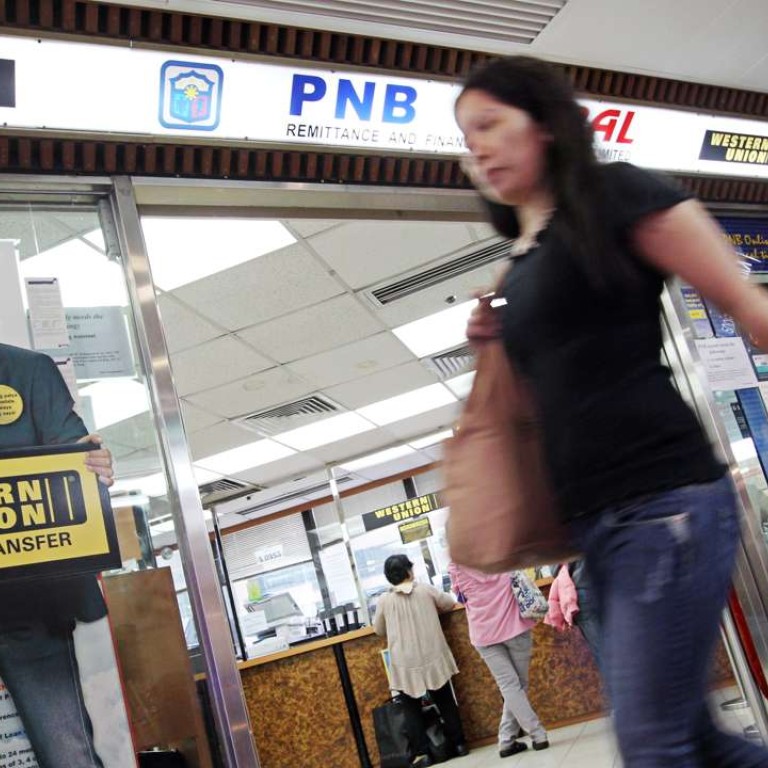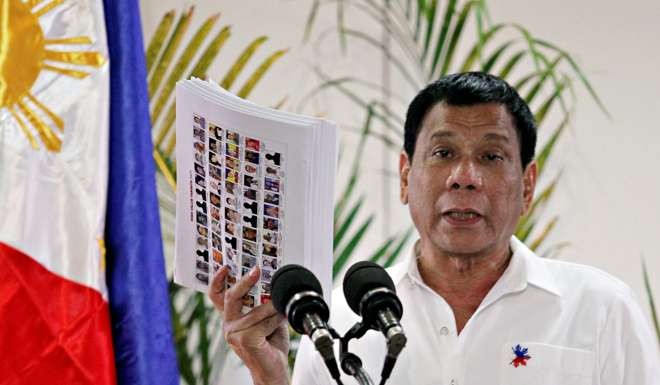
New | Duterte seen talking Philippine peso beyond 50 to the dollar hit in 2008 global financial crisis
The last time the Philippine peso neared 50 to the dollar, the global financial system was melting down and the central bank raised interest rates to defend it. This time, it has been driven by the president cursing his trading partners and his finance chief accepting the declines.
Credit Suisse Group AG and Rabobank Groep predict the currency will weaken past 50 per dollar next year, a level last seen in November 2008. Pioneer Investment Management Ltd. doesn’t see the peso as a long-term, strategic investment. The currency fell to a seven-year low of 48.618 in October, and was Asia’s worst performer in the third quarter, when it fell 3 per cent.
Global funds have pulled more than US$600 million from Philippine stocks since inflows this year peaked in August as Rodrigo Duterte cursed while talking about President Barack Obama and announced a “separation” from the US during an official visit to China.

Concerns that his outbursts may jeopardise investments in the nation’s more than $20 billion business outsourcing industry have forced his administration’s top officials to assure companies their interests will be protected as the leader builds new global alliances.
“Economic impact is difficult to gauge at this stage and may only be seen longer term, but the uncertainty on his foreign policy could deter foreign investment,” said Trang Thuy Le, a macro strategist in Hong Kong at Credit Suisse. “For now, we think it warrants a higher degree of risk premium and volatility to be priced in the Philippine peso.”
A gauge of swings in the peso climbed to a two-year high of 7.3 per cent on October 12 after Duterte said he may travel to Russia after official visits to China and Japan. One-month implied volatility was at 6.1 per cent on Tuesday, compared with a 12-month low of 4.4 per cent in August.
The Philippine currency closed at 48.41 per dollar on Friday. Local markets were shut Monday and Tuesday for holidays. The peso has weakened from a seven-month high of 45.85 on June 9, before Duterte started his six-year ter
Credit Suisse predicts the currency will drop to 50.3 by March, while Rabobank expects that level to be reached by June. The forecasts compare with the median estimate of 48.2 by mid-2017 in a Bloomberg survey of strategists. Rabobank’s projection mainly reflects its expectations of a weaker Chinese yuan and is yet to factor in political tensions with the US, according to Michael Every, its head of financial markets research for Asia Pacific in Hong Kong.
“What would concern me is an abrupt drop,” Finance Secretary Carlos Dominguez said in an October 26 interview in Tokyo. “The rate of change is the most important. If it is orderly, if it is rational, it is OK.”

